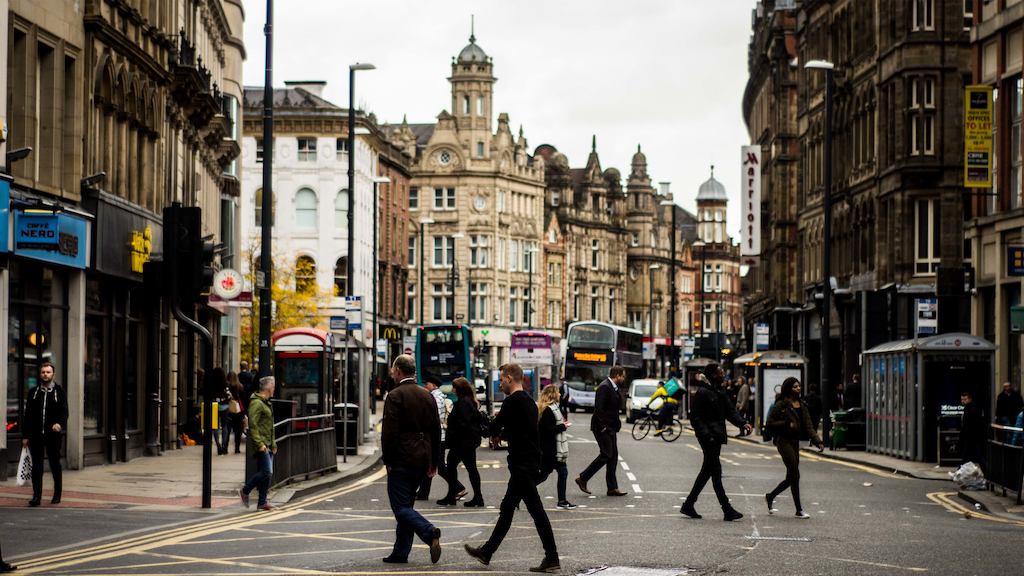A new report, ‘The State of Ageing in Leeds’, has shone a spotlight on inequalities in the city, with those living in the most affluent areas set to live over a decade longer than those in the poorest. The report also shows that for women in the poorest areas, life expectancy has fallen.
These inequalities, according to the report, broadly correspond with how far people live from the city centre. For example, along the bus routes that go from Harehills to Wetherby and other affluent suburbs, life expectancy increases from 75 at the start to 85 at the end.
The report, which aims to paint a picture of life for over 50s in Leeds in 2021, includes key information on work, health, homes and communities for this group. The figures show, for example, that one in four workers in Leeds is aged 50 or over, and people aged 50-64 in Leeds are more likely to be employed than their peers in the rest of the country. 82% of people aged 50-64 are in work, compared to 72% nationally. However, across the UK the pandemic has hit this group hard, with those who fall out of work struggling more than younger groups to get back into work.
The report also shines a light on the efforts to tackle loneliness and isolation in Leeds, including the unique Leeds Neighbourhood Networks, which played a vital role in supporting older people during the pandemic. Figures also show that as well as being supported by community initiatives, many over 50s also volunteer to support others in their communities.
The State of Ageing in Leeds has been published as part of Leeds’ efforts to create an age-friendly city, to ensure that efforts are focused where they are needed. Around one in three people in Leeds is aged 50 and over, and the number of Leeds residents aged 80 and over will increase by about 50% in the next 20 years.

